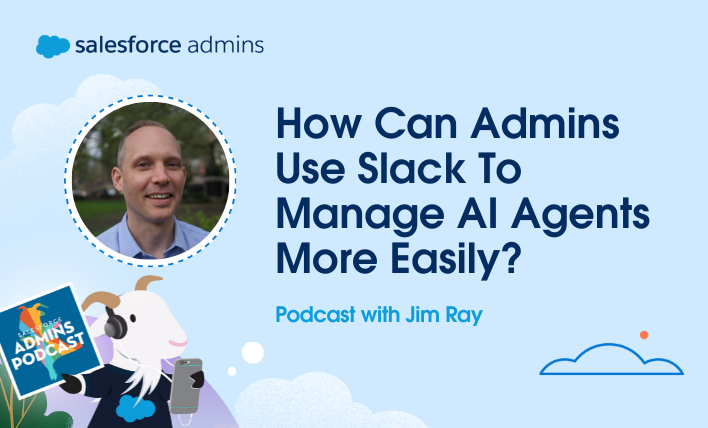Today on the Salesforce Admins Podcast, we talk to Bear Douglas, Senior Director of Developer Relations at Slack. Join us as we talk about how the powers of admins and Slack combined have the potential to change how all of our users work within our organizations for the better. You should subscribe for the full […]






